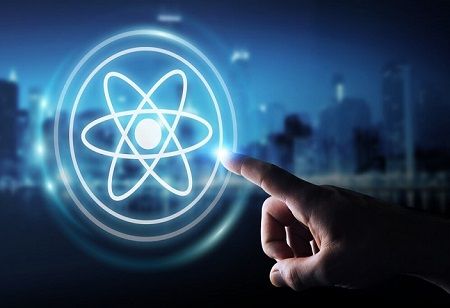The Department of Energy (DOE) of the United States and the Ministry of Education, Culture, Sports, Science and Technology (MEXT) of Japan are initiating a significant collaboration to expedite the demonstration and commercialization of fusion energy. This partnership aligns with both countries' visions for fusion energy development, aiming to capitalize on its potential as a low-carbon, safe, and reliable energy source to combat climate change and enhance energy security.
Building upon their longstanding collaboration in fusion research, including joint programs and participation in ITER, the new partnership seeks to synergize U.S. and Japanese resources and facilities in fusion. It will operate under the Coordinating Committee on Fusion Energy (CCFE), established by the existing bilateral agreement on research and development cooperation.
The partnership focuses on several key pillars. Firstly, it aims to tackle the scientific and technical hurdles hindering the commercial viability of fusion energy across various fusion systems. Secondly, it will explore opportunities for shared access and development of fusion research facilities, aiming to maximize the value of resources for both nations.
Thirdly, it seeks to promote international cooperation in establishing regulatory frameworks, codes, and standards essential for fusion energy deployment. This includes leveraging the U.S. Nuclear Regulatory Commission's rule-making efforts and engaging in discussions with international bodies like the International Atomic Energy Agency and the Agile Nations Fusion Energy Working Group.
By pooling their expertise, resources, and facilities, the U.S. and Japan aim to accelerate progress towards achieving fusion energy as a sustainable and transformative energy source. This collaboration underscores the importance of international cooperation in addressing the technical, regulatory, and societal challenges associated with fusion energy development.

